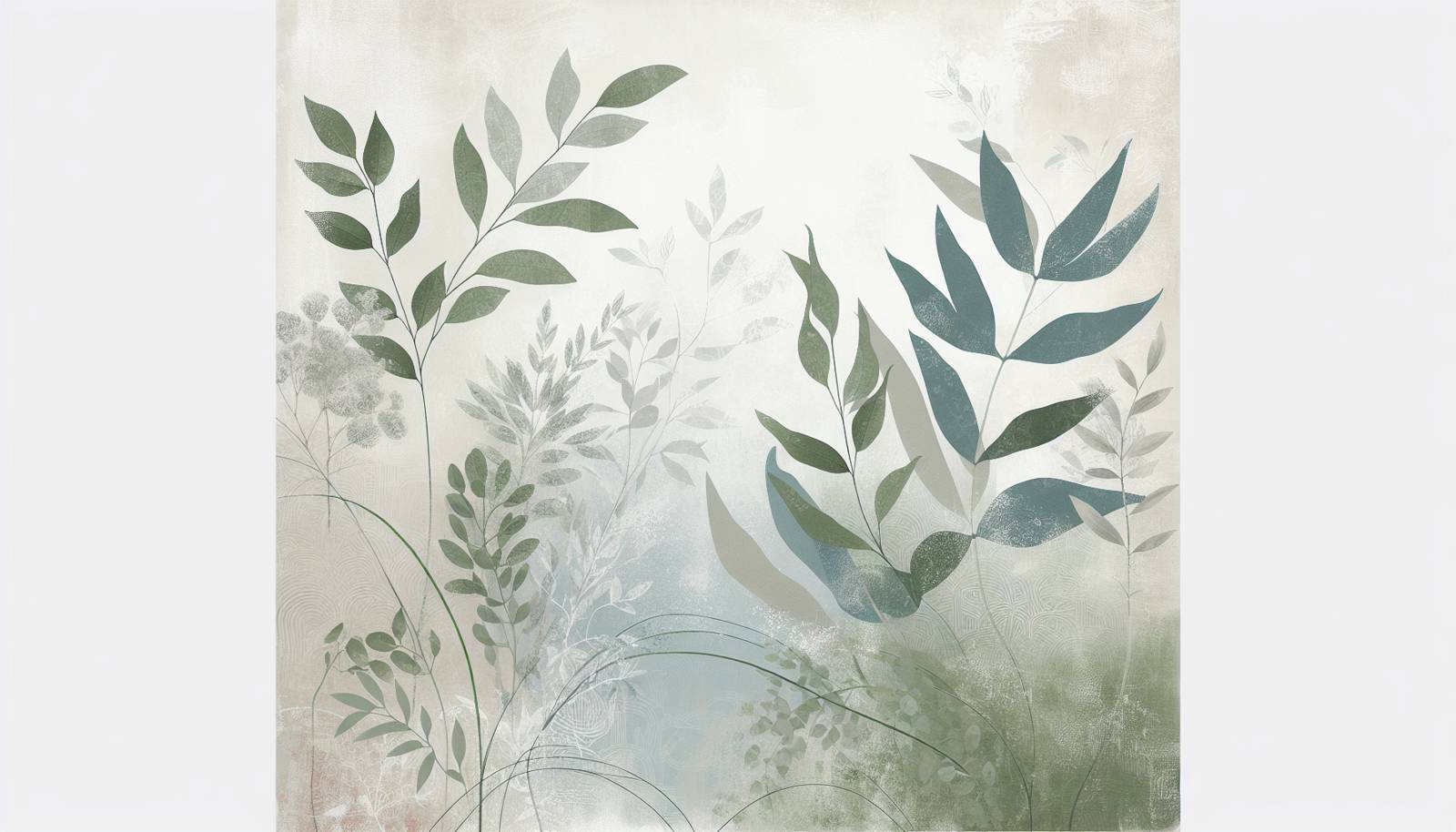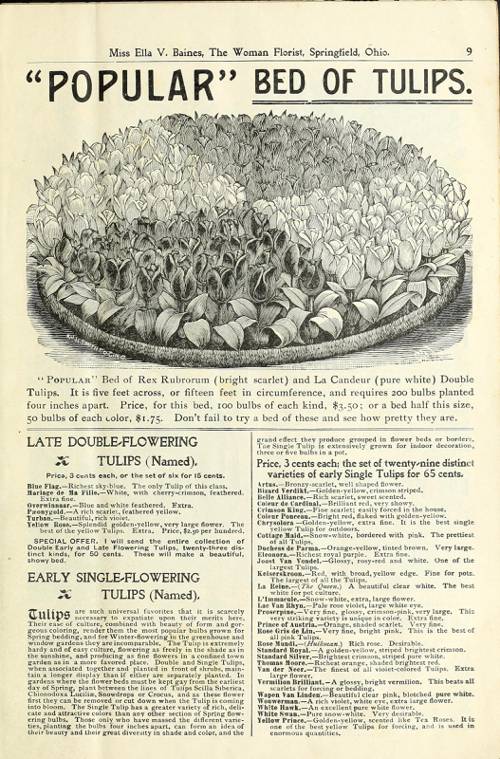
FAQ About Growing Indoor Plants in Low-Temperature Environments

What are some indoor plants that thrive in low-temperature environments?
Certain indoor plants are well-suited for cooler temperatures. Some of the best options include Pothos, Snake Plant (Sansevieria), Peace Lily, ZZ Plant, and Spider Plant. These plants tolerate a range of conditions and can thrive in temperatures as low as 50-60°F (10-15°C).

How can I care for indoor plants in cooler temperatures?
To care for indoor plants in low-temperature environments, ensure they have sufficient sunlight, even if indirect, to compensate for less heat. Water them less frequently as cooler conditions slow down their water consumption. Maintain good humidity levels by misting plants or placing a humidifier nearby, and avoid placing plants near cold drafts or windows during the night.

Do indoor plants need less water in cold environments?
Yes, indoor plants typically require less water in cooler environments because their growth rate decreases and evaporation is slower. It's best to check soil moisture by touching it; if it's dry an inch below the surface, water the plant. Overwatering can lead to root rot, especially when temperatures are lower.

Can I use grow lights for indoor plants in low-temperature settings?
Yes, grow lights are an excellent option for indoor plants in low-temperature settings. They provide essential light that may be lacking in colder, darker months, thereby supporting photosynthesis and growth. Choose LED grow lights for energy efficiency and minimal heat output.

What is the minimum temperature most indoor plants can tolerate?
While different plants have varying tolerances, many common houseplants can withstand temperatures as low as 50°F (10°C) for a limited period. However, prolonged exposure to temperatures below 60°F (15°C) should be avoided unless the plant is specifically known to tolerate low temperatures.

Are there any indoor plants that can survive near windows in winter?
Yes, certain indoor plants can handle the cooler conditions near windows during winter. Plants such as Jade Plant, Christmas Cactus, and Snake Plant can survive cooler drafts due to their resilient nature. Just ensure they don't come into direct contact with chilly window panes.

How do seasonal changes affect indoor plants in cooler environments?
Seasonal changes can significantly impact indoor plants, particularly those in cooler environments. During winter, reduced sunlight and temperature can slow plant growth and necessitate fewer waterings. Conversely, as temperatures rise in spring, plants may require more attention to watering and fertilization to support their increased growth activity.

What are signs that an indoor plant is too cold?
Signs that an indoor plant is too cold include wilting, leaf browning or yellowing, slowed growth, and in some cases, leaf drop. If you notice these symptoms, ensure the plant is moved to a slightly warmer spot and away from cold drafts or uninsulated windows.

Can low temperatures affect the flowering of indoor plants?
Yes, low temperatures can affect the flowering of indoor plants. Many flowering plants require warmer conditions to bloom. If temperatures are too low, it may inhibit the blooming process or result in fewer flowers. In such cases, improving the lighting conditions and slightly increasing the temperature or humidity can help promote flowering.

How can I increase humidity for indoor plants in a cold room?
To increase humidity for indoor plants in cold rooms, consider using a humidifier. Alternatively, you can group plants together to create a micro-humidity environment, place water trays or pebble trays with water near plants, or regularly mist plants with water to boost humidity levels efficiently.

What soil type is best for indoor plants in cooler conditions?
A well-draining soil mix with good aeration is essential for indoor plants in cooler conditions to prevent waterlogging and root rot. A mix that includes perlite, peat moss, and coarse sand is often suitable. Adjust the soil composition based on specific plant needs to ensure their roots have access to necessary nutrients while avoiding excessive moisture retention.

How often should indoor plants be fertilized in low-temperature environments?
During winter months or cooler periods, when plant growth is typically slower, reduce fertilization frequency to once every 6-8 weeks. When spring and summer arrive, you can increase the rate to every 4-6 weeks. Always follow the specific fertilizer instructions for different plant species, as their nutrient requirements may vary.

Can succulents survive in low temperatures indoors?
Some succulents can survive low indoor temperatures, but they generally prefer warmth. Species like Aloe Vera and Jade Plant can tolerate cooler environments if protected from drafts and given bright, indirect light. Ensure they’re planted in well-draining soil to avoid moisture retention in their roots.

Are there any indoor plants that can purify air in colder environments?
Yes, several indoor plants that can thrive in cooler conditions are also effective at purifying the air. Examples of air-purifying plants that perform well in lower temperatures include Snake Plant, Spider Plant, Pothos, and Peace Lily. These plants are known to filter out toxins such as formaldehyde and xylene.

What are the common pests that affect indoor plants in cooler environments?
Common pests that may affect indoor plants, regardless of temperature, include aphids, spider mites, and fungus gnats. Cooler environments can sometimes exacerbate issues with slow-growing mold or mildew. Regularly checking plants for signs of infestation and ensuring proper air circulation can help manage pest problems.

Can LED grow lights cause overheating in low-temperature settings?
LED grow lights are typically designed to be energy-efficient and have a low heat output, making them suitable for use in low-temperature environments without the risk of overheating plants. However, it's always a good practice to monitor the proximity of the lights to the plant to prevent any inadvertent heat stress.

How can I prevent root rot in indoor plants in cooler climates?
To prevent root rot in indoor plants in cooler climates, ensure that plants are in well-draining pots and that the soil has excellent drainage properties. Water plants sparingly, only when the top layer of soil is dry, and avoid letting plants sit in water-filled saucers. These practices help maintain healthy root conditions despite cooler temperatures.

Should I prune indoor plants differently in cooler environments?
Pruning in cooler environments can be less frequent since plant growth slows down. It's important to focus on removing dead or diseased leaves to prevent the spread of any issues. Always use clean, sharp tools to prune and cut just above a leaf node to encourage healthy new growth as temperatures warm up.

How do I choose the right containers for indoor plants in low temperatures?
When choosing containers for indoor plants in low temperatures, prioritize those that provide good drainage and are made of insulating materials like ceramic or glazed pots. These materials help maintain consistent temperatures around the plant roots. Additionally, ensure the size of the container suits the plant's root system to avoid excessive moisture retention.

What is the role of light intensity for indoor plants in cold conditions?
Light intensity plays a crucial role in supporting indoor plant health in cold conditions. Reduced temperatures often mean less efficient photosynthesis, so providing adequate light, whether natural or through grow lights, helps meet plants' energy needs. Ensure that plants receive bright, indirect light to maintain their growth and vitality during colder months.
